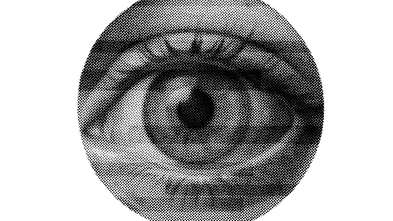
In 2015, Snapchat wasn’t just a social media app, it was a challenge. Every day was a chance to extend my streaks, an emoji-based reward system that tracked how many consecutive days I sent photos to friends. During school lunches, my friends and I would send Snaps instead of speaking face-to-face, simply to boost our daily tally.
We’d then compare our streaks, which inevitably resulted in bruised egos and petty squabbles. Missing one day meant losing weeks, sometimes months, of progress, and also threw into question the strength of my friendships. I largely escaped this cycle when I left school, convinced social media streaks – an app’s reward system for using certain functions every day without stopping – would simply become an artefact of the 2010s.

That is until I discovered TikTok is bringing it back. Maintaining a streak can sometimes feel like a full-time job. Is there any point keeping them up? Credit: Marija Ercegovac In June, TikTok began testing its own streaks feature , which counts how many consecutive days users have sent direct messages to friends on the platform.
Other apps before it have also adopted Snapchat’s streak tradition, including language learning app Duolingo, exercise tracking app Strava and online learning platform Quizlet. So, what’s behind this ongoing obsession with streaks, and are they any good for us? Why are streaks so sacred? Loading Clinical psychologist Dr Anastasia Hronis says building a streak triggers the release of dopamine, a neurotransmitter associated with pleasure, motivation and reinforcement. “These types of apps can help people set goals and stick to them,” says Hronis, author of The Dopamine Brain .
“They also break down tasks to be achievable. For example, it only takes a few moments of low-effort activity to maintain a Snapchat streak.”.














